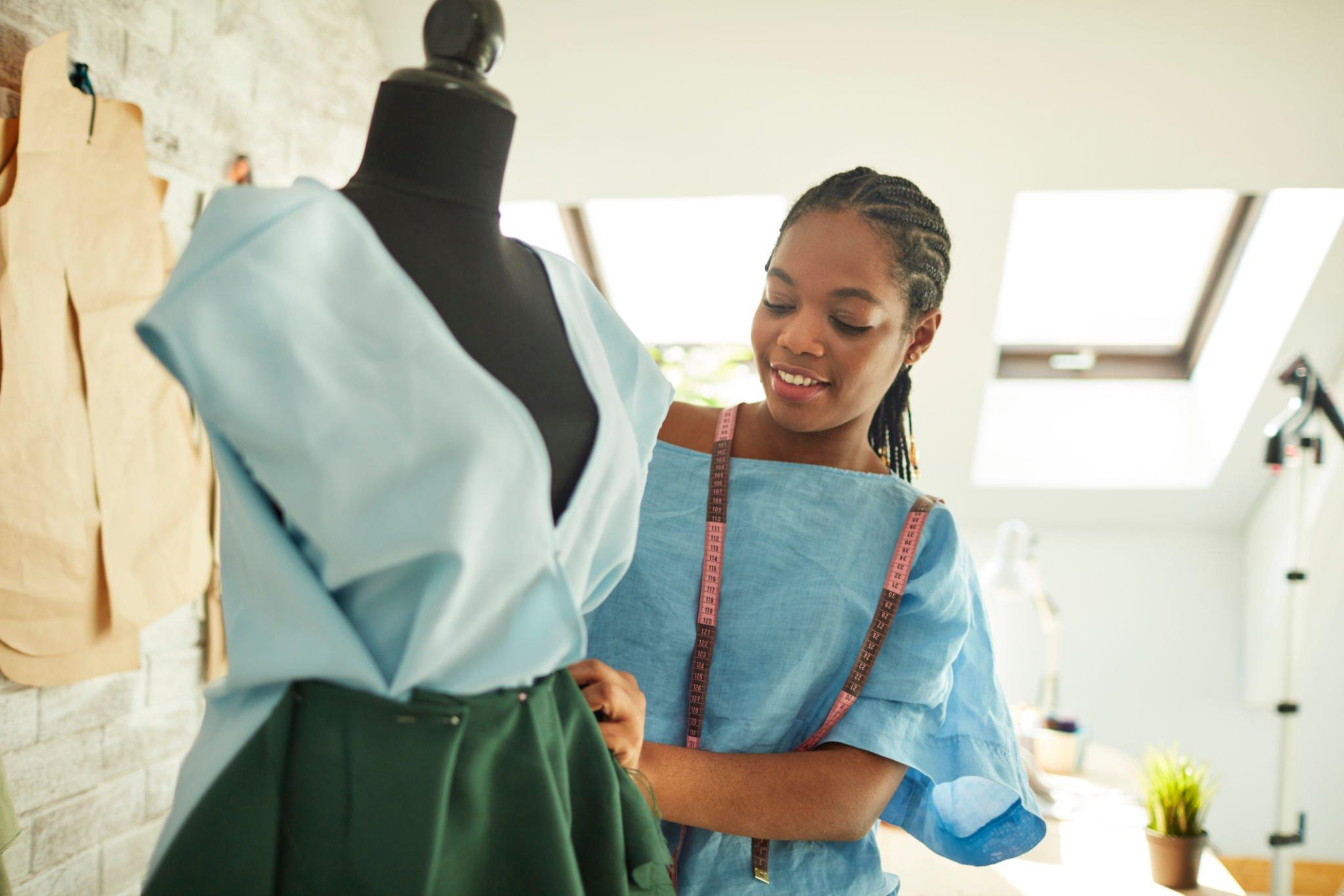Sustainable Fashion 101: Building an Eco-Friendly Wardrobe
In an era witnessing a surge in environmental awareness, the fashion landscape is experiencing a profound transformation towards sustainability. The phrase “sustainable fashion” has emerged as a focal point, encouraging individuals to adopt eco-conscious decisions in their clothing choices. Explore our comprehensive guide, “Sustainable Fashion 101,” to gain valuable insights on crafting an environmentally friendly wardrobe without sacrificing style. Embrace the ethos of sustainability with every fashion choice.
Understanding Sustainable Fashion
Sustainable fashion is more than just a trend; it’s a commitment to reducing the environmental and social impact of clothing production. It encompasses various practices, including ethical sourcing, eco-friendly materials, and fair labor practices. Building an eco-friendly wardrobe involves making mindful choices at every step of the fashion lifecycle.
1. Start with a Closet Audit
Begin your sustainable fashion journey by auditing your existing wardrobe. Take stock of your clothing items, identify pieces you genuinely love and wear, and set aside those that are seldom used. Donating or repurposing items ensures they have a second life rather than contributing to landfill waste.
2. Invest in Timeless Pieces
Instead of succumbing to fast fashion trends, focus on building a timeless wardrobe with versatile pieces that stand the test of time. Classic styles not only transcend seasonal changes but also reduce the need for frequent replacements, decreasing your overall fashion footprint.
3. Prioritize Quality Over Quantity
Opt for high-quality, durable garments made from sustainable materials. While they may come with a higher price tag, investing in quality pieces pays off in the long run. Not only do they last longer, but they also reduce the demand for cheaply made, disposable clothing.
4. Choose Sustainable Fabrics
Look for clothing made from eco-friendly fabrics such as organic cotton, Tencel, hemp, and recycled materials. These materials have a lower environmental impact compared to conventional fabrics, as they often require less water and energy to produce.
5. Embrace Second-Hand and Vintage Shopping
Explore thrift stores, consignment shops, and online vintage marketplaces for unique, pre-loved fashion finds. Choosing second-hand clothing reduces the demand for new production and gives old garments a new life, contributing to a circular fashion economy.
6. Support Ethical and Transparent Brands
Research and support brands that prioritize ethical practices, fair wages, and transparency in their supply chain. Certifications like Fair Trade and B Corp indicate a commitment to social and environmental responsibility.
7. Mindful Clothing Care
Extend the life of your clothing by adopting mindful care practices. Follow care instructions, wash clothes in cold water, and air-dry when possible to reduce energy consumption. Repair and mend garments instead of discarding them at the first sign of wear and tear.
8. Recycle Responsibly
When it’s time to part ways with clothing, recycle responsibly. Many brands and retailers offer recycling programs, and textile recycling facilities can repurpose old garments into new materials, minimizing landfill waste.
Conclusion
Building an eco-friendly wardrobe is not only a personal choice but a contribution to a more sustainable and ethical fashion industry. By adopting the principles of Sustainable Fashion 101 – auditing your closet, investing in timeless pieces, choosing sustainable fabrics, embracing second-hand shopping, supporting ethical brands, practicing mindful care, and responsible recycling – you can redefine your relationship with fashion and make a positive impact on the planet.
As we navigate the evolving landscape of fashion, let’s remember that every choice we make has an impact. By building a wardrobe that aligns with sustainability principles, we can play a part in shaping a more conscious and responsible fashion future.





